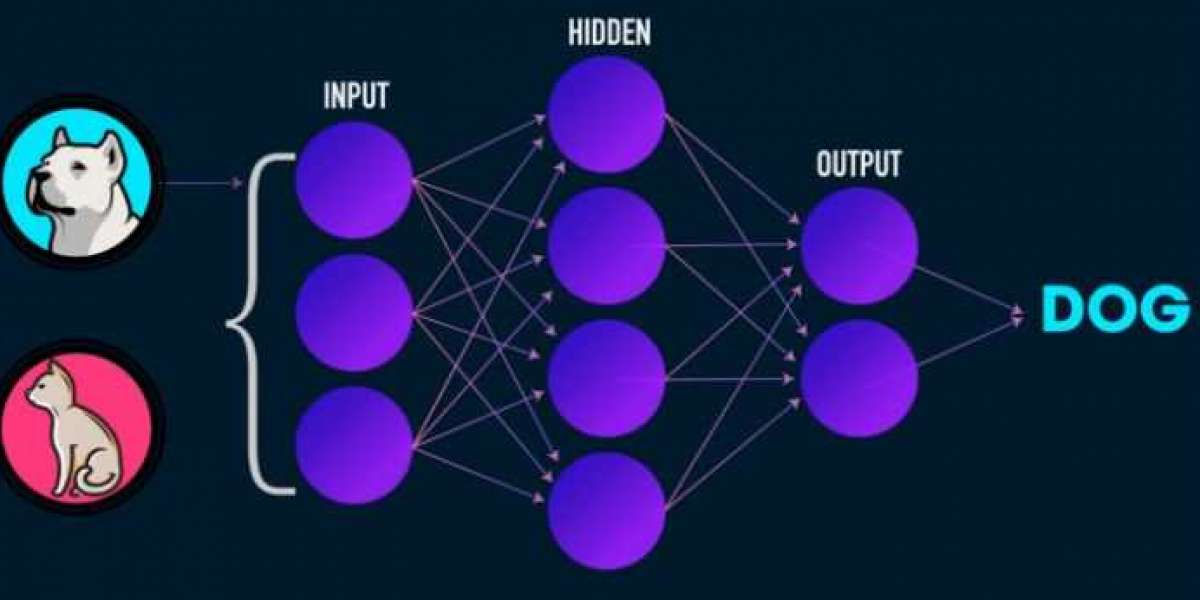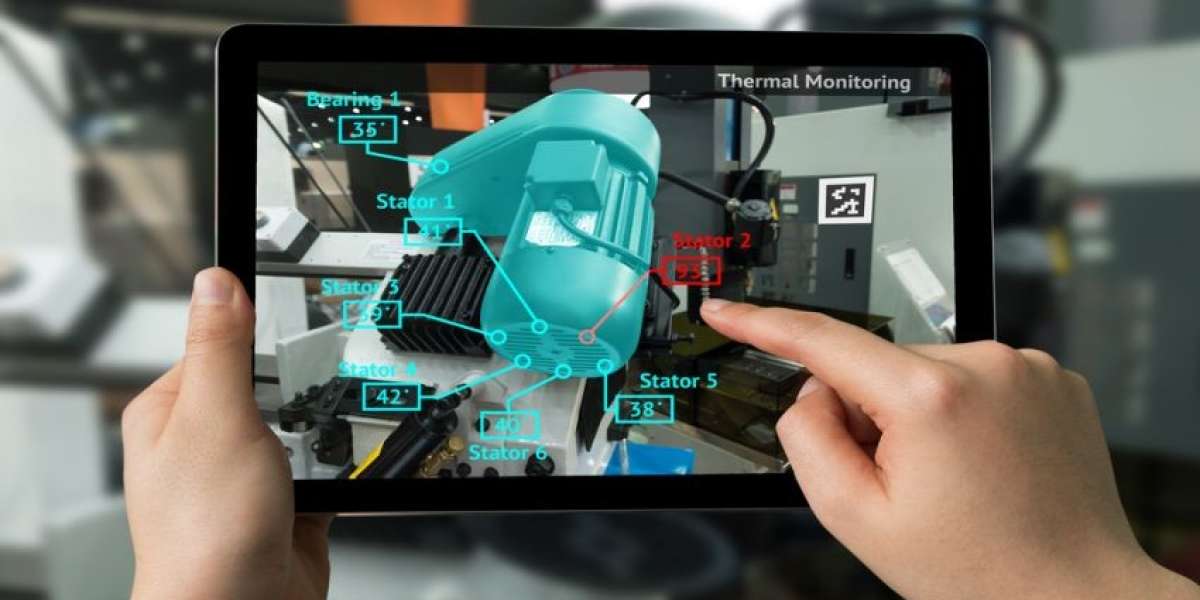Problem Statement:
Implementing Convolutional Neural Networks in resource constrained devices like embedded and mobile devices is difficult. It might be due to various reasons such as limited memory, limited power supply, limited Computational Capacity of an Embedded device, etc.
Analysis:
There is a need to develop an optimized architecture that can be easily deployed in these resource constrained devices like embedded and mobile devices.
Solution:
Proposed RMNv2, Reduced Mobilenet V2, a light weight deep neural network designed for the CIFAR10 dataset, suitable for successful hardware deployment.
Design:
RMNv2 is an architecturally modified version of Mobilenet V2. It includes changes like Disabling downsampled layers, Replacing bottlenecks with HetConv block, Mish Activation function and Autoaugmentation.

Results:
RMNv2 performed really well on the CIFAR10 dataset with fewer number of parameters when compared to baseline model.

Hardware Testing:
RMNv2 is tested on real-time devices like NXP Bluebox 2.0 and NXP i.MX RT 1060.
Image Classification using RMNv2 on NXP Bluebox 2.0 Platform,

Image Classification for cat Image using RMNv2 on NXP i.MX RT1060 Platform,












